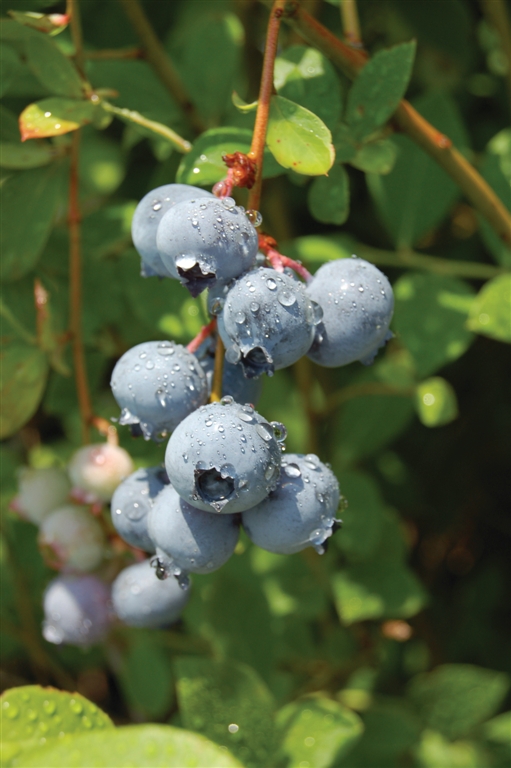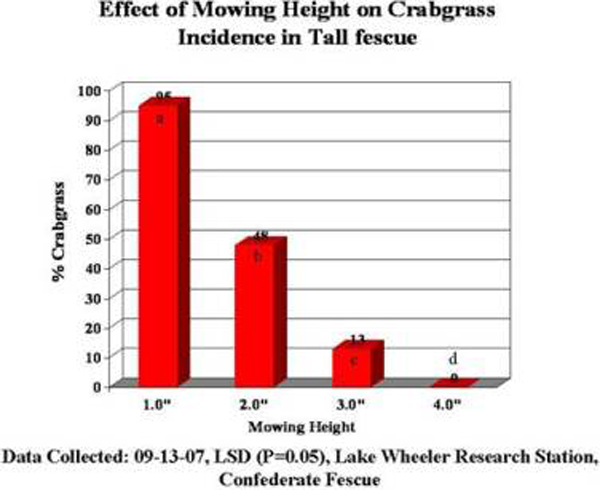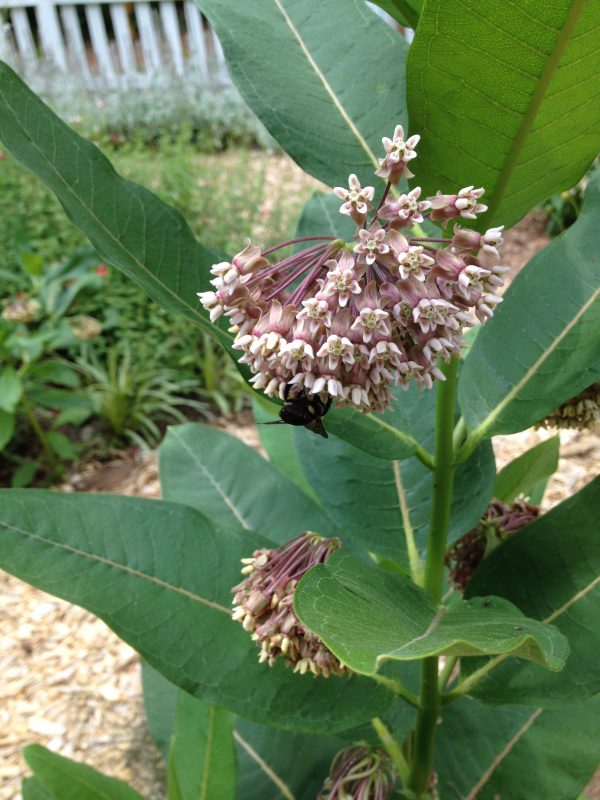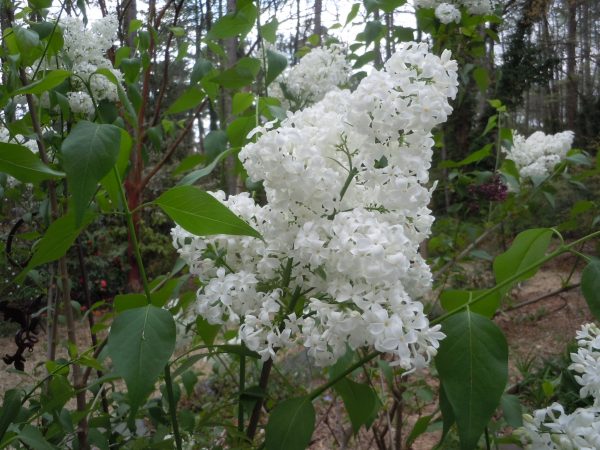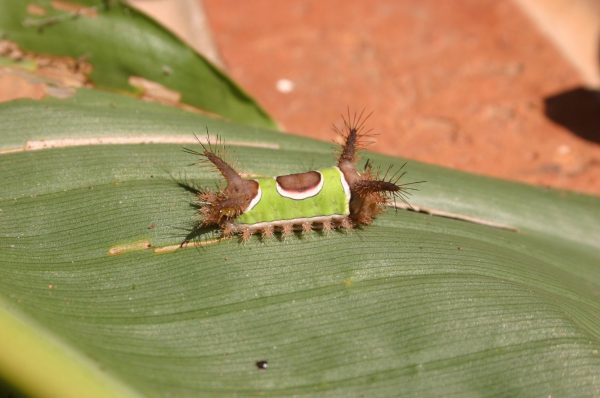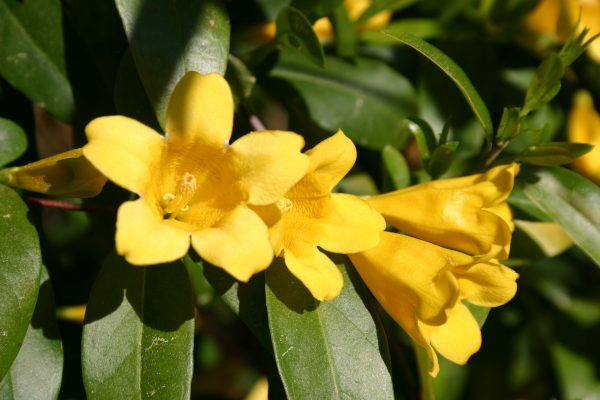Pea, Southern
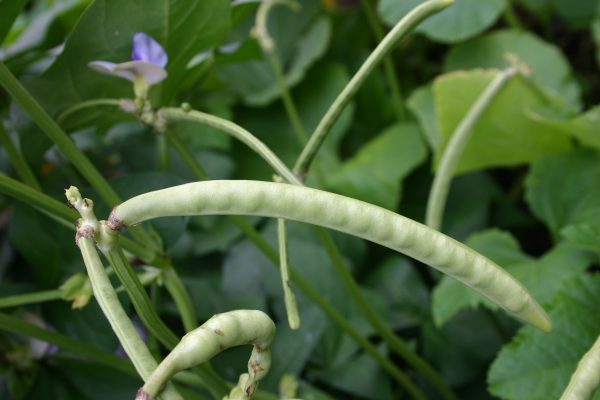
Vigna unguiculata
To a Southerner, “peas” means blackeyed, not English. Also known as field pea, cowpea, and protopea – or just plain Southern pea – these high-protein bean relatives come in a huge array of pod and seed color, size, shape, and flavor, and on vines or bushes.
• More detailed information can be found in The Georgia Fruit & Vegetable Book by Walter Reeves and Felder Rushing
• See also:
Home Garden Southern Peas
Small kinds are sometimes called “lady” peas, and other popular kinds are called crowders, creams, blackeyes, pinkeyes, purple hull, and silver skin. They can be cooked fresh, canned, or made into dips, or dried and stored. They are most commonly served with corn bread soaked in their rich “pot liqueur” broth.
WHEN TO PLANT
This warm-season plant will not tolerate cool soils! Wait until at least two weeks after the last frost, or when the soil has reached the upper 60s, or risk losing seedlings to stem- and root-rot.
WHERE TO PLANT
Southern peas must have full sun, and grow best in a slightly acidic, well-drained soil. Being legumes, which “fix” their own nitrogen from the air, they need little or no nitrogen fertilizer – in fact, they can be used as a soil-enriching cover crop in rotation with heavy-feeding corn.
HOW TO PLANT
These bean relatives grow on bushy or semi-vining, drought-tolerant plants. Plant seeds one inch deep in clay soils and two inches deep in sandy soils, four to six inches apart, in rows that are three feet apart. Thin seedlings to six to twelve inches apart. Too much nitrogen fertilizer will increase plant size but reduce yields, so use a low-nitrogen fertilizer at planting time.
ADDITIONAL INFORMATION
Southern pea plants produce enough for three or four harvests. Pick the slender beans as they ripen, when the pods begin to change color (purple-hull varieties: when the hulls are fifty percent colored); for dried peas, let the last flush ripen and dry on the vine, then pick and process as you would dried beans. Southern peas are subject to several diseases, most caused by overfeeding or planting too early or late, over-fertilization, or wet seasons. Stinkbugs and aphids are major insects, and can be controlled with regular applications of approved insecticides – check with a local garden center or Agricultural Extension office for recommendations and waiting periods.
VARIETIES
There are several major kinds of Southern peas. Most varieties mature in 65-70 days but can be picked 3 or 4 times. Field peas are robust vines with small seeds that produce a dark liquid (“gravy”) when cooked. Crowder peas have starchy seeds “crowded” into pods, and normally cook up dark. Cream peas are smaller, almost bushy plants with light colored seeds that cook up light; black-eyed pea is an intermediate plant type whose seed has a characteristic dark “eye”; and purple hull peas, including “pink eyes” have pods that turn purple or burgundy when mature, and are harvested for fresh cooking. Harvest when the pods are half-colored. Examples of each include:
Varieties
Days to Maturity
Comments
Mississippi Purple
70 days
Large-seeded crowder pea, very high production
Pinkeye Purple Hull
63-65 days
Pods change from green to purple when mature
California Blackeye
55-60 days
Number 1 variety across the country
Calico crowder
65-89 days
Running vine with heavy production of extra long pods
Zipper Cream
66 days
Large easy-shelling pea. Low bushy plant
RECIPE
Good Luck New Year’s Day Hoppin’ John
Cover fresh peas, or dried peas that have been soaked overnight, with cold water, bring to a boil for 1 minute, remove from heat, cover pan, and let sit for an hour. Saute a pound of ham, pork, or sausage, then add one chopped onion and a minced clove of garlic, saute until golden.
Add to peas, throw in seasonings (black pepper, dash of salt, red pepper flakes, dash of hot pepper sauce), simmer until peas are tender but not mushy (1 to 2 hours). Adjust salt seasoning to taste. Serve over a mound of rice.




